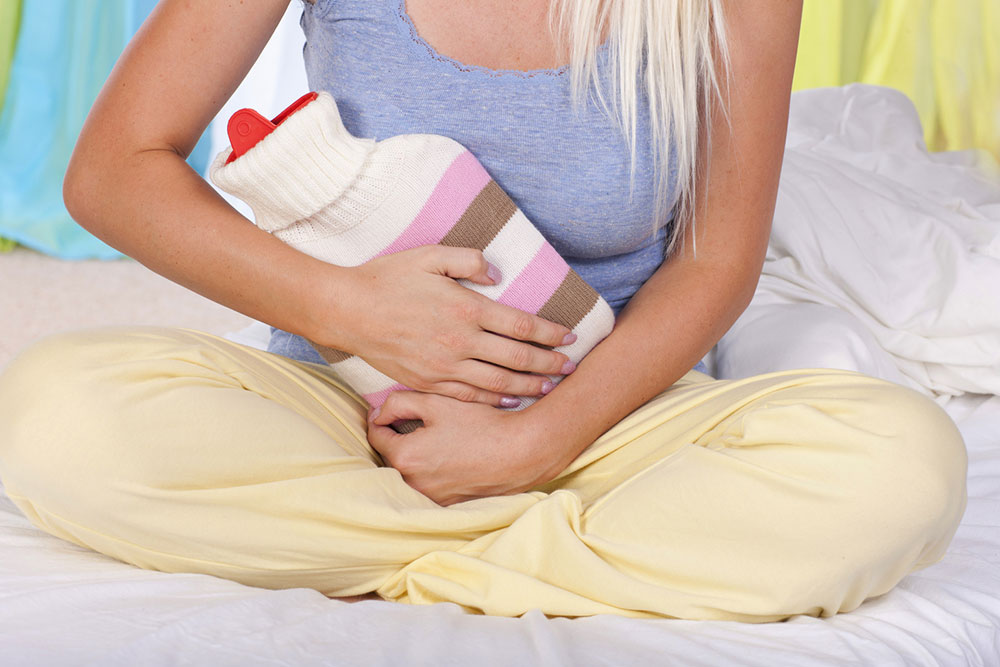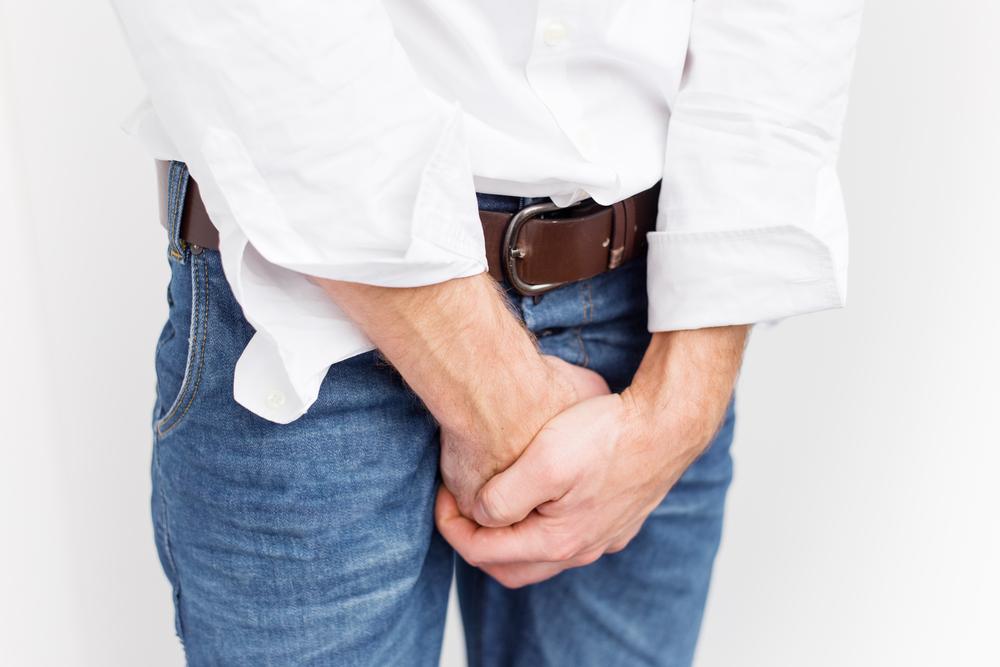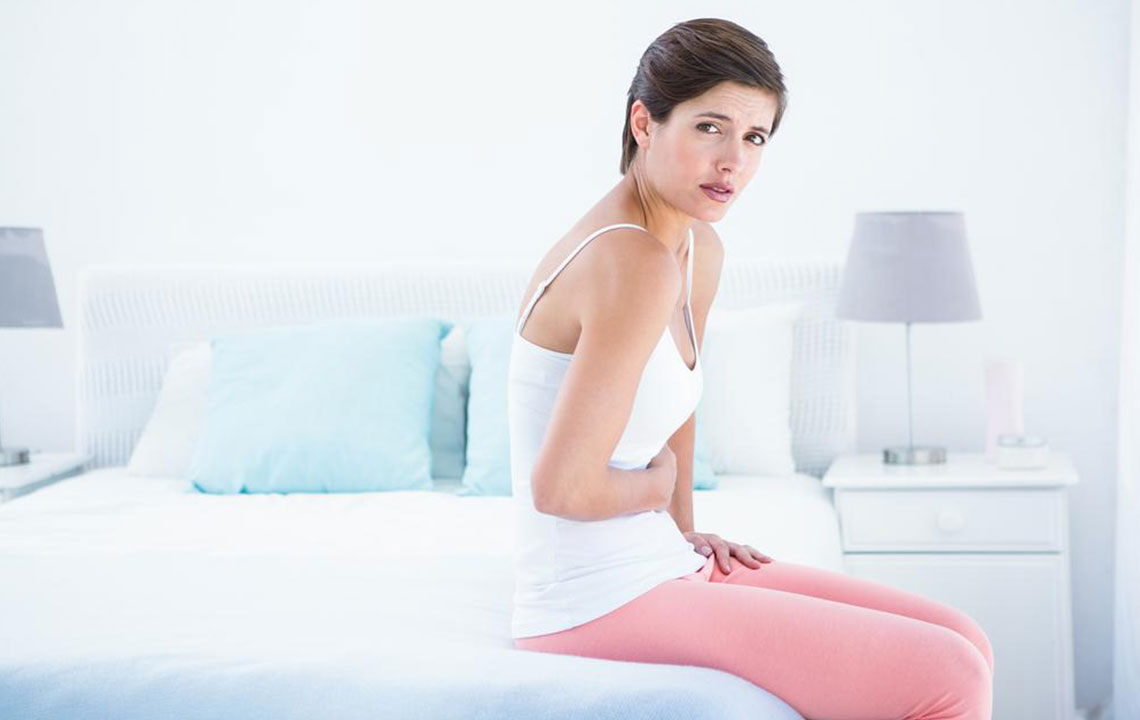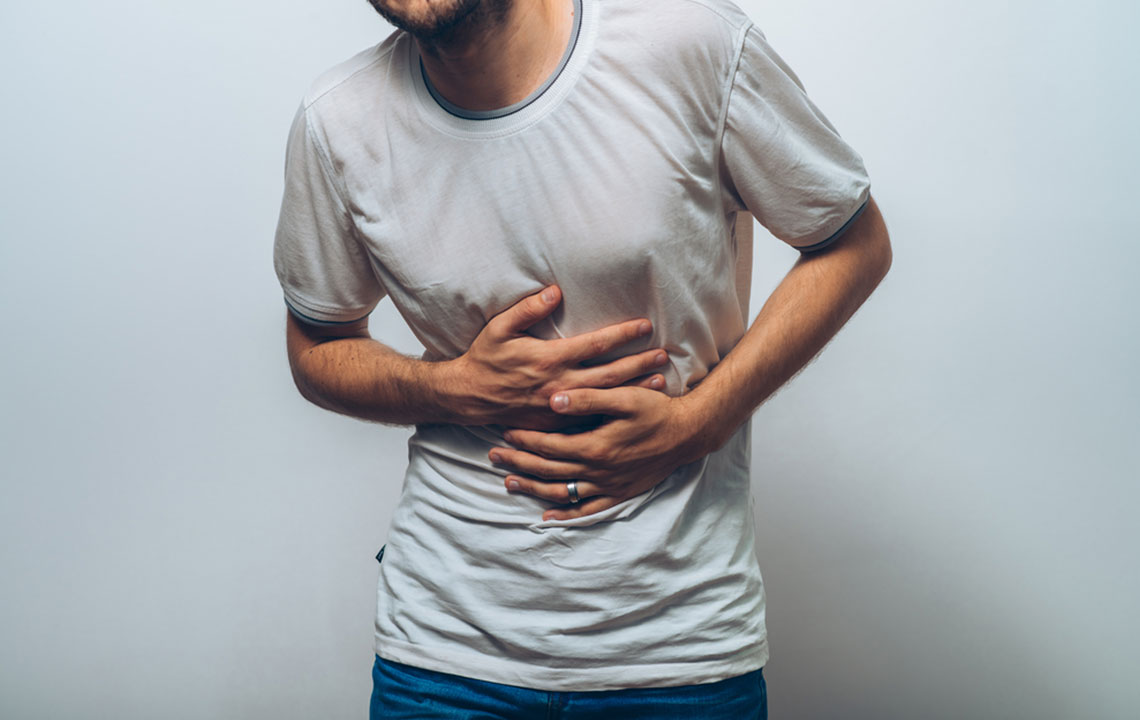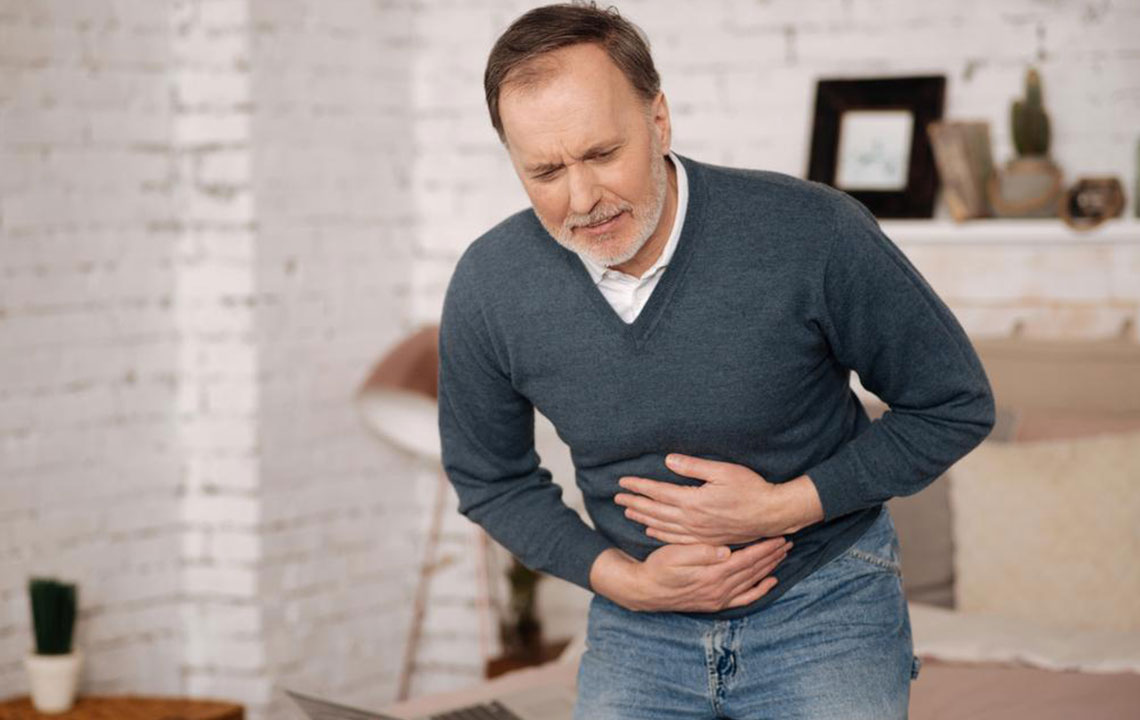Effective Strategies for Managing Urinary Incontinence
This article explores multiple approaches to managing urinary incontinence, emphasizing lifestyle changes, medical treatments, and surgical options. It aims to educate readers about the causes, symptoms, and effective therapies available to improve quality of life. Consulting specialists such as urologists or urogynecologists is recommended to determine the best personalized treatment plan. The content highlights that urinary leakage is common and manageable, encouraging those affected to seek appropriate help without shame. Understanding and early intervention can significantly reduce symptoms and restore confidence.
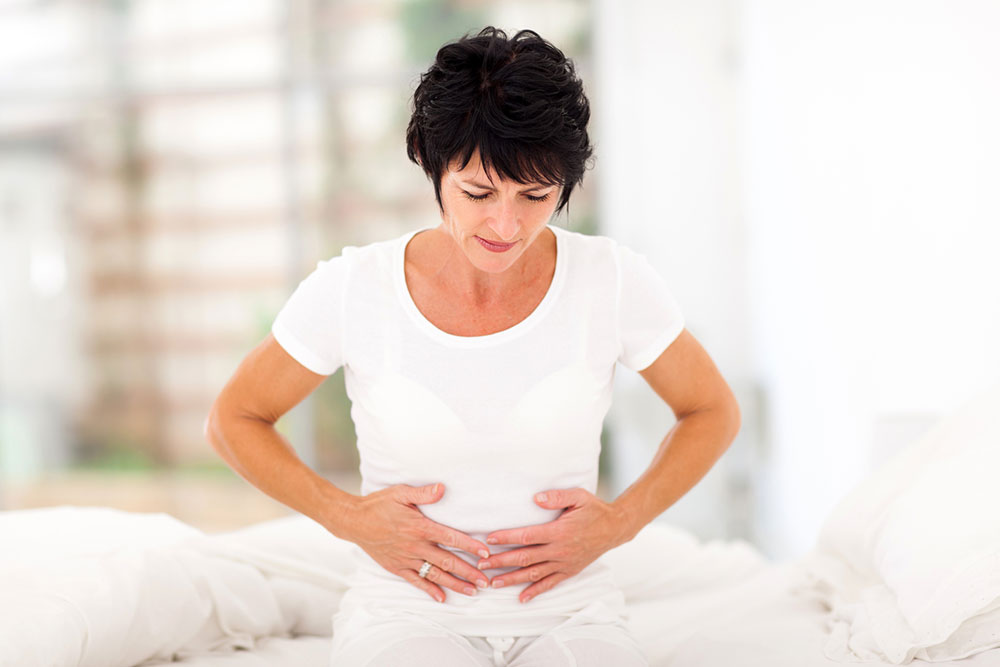
Effective Strategies for Managing Urinary Incontinence
Urinary incontinence, or involuntary urine leakage, affects many individuals and is often misunderstood as a problem only in seniors. In fact, nearly one-third of adults experience some form of urinary issues, with women making up about 80% of cases. The higher prevalence in women is linked to pregnancy, childbirth, and menopause, which can weaken the urinary tract muscles and structures.
Many hesitate to seek help due to embarrassment, but effective treatments are available for all ages and genders. Understanding the causes is key to choosing the right approach. Common triggers include physical stress on the bladder and sudden urges to urinate, often seen with overactive bladder conditions.
Appropriate management depends on individual factors such as age, cause, and severity. Consulting a specialist like a urologist or urogynecologist is essential. Treatment options include lifestyle modifications, pelvic exercises, diet adjustments, weight management, bladder training, electrical stimulation, and biofeedback.
Medications such as anticholinergics, Botox, Mirabegron, and estrogen are often prescribed to control symptoms. For stubborn cases, surgical procedures like sling placement, artificial sphincters, or bladder neck suspension may be recommended. Other supportive measures include use of catheters and absorbent pads for daily convenience.

